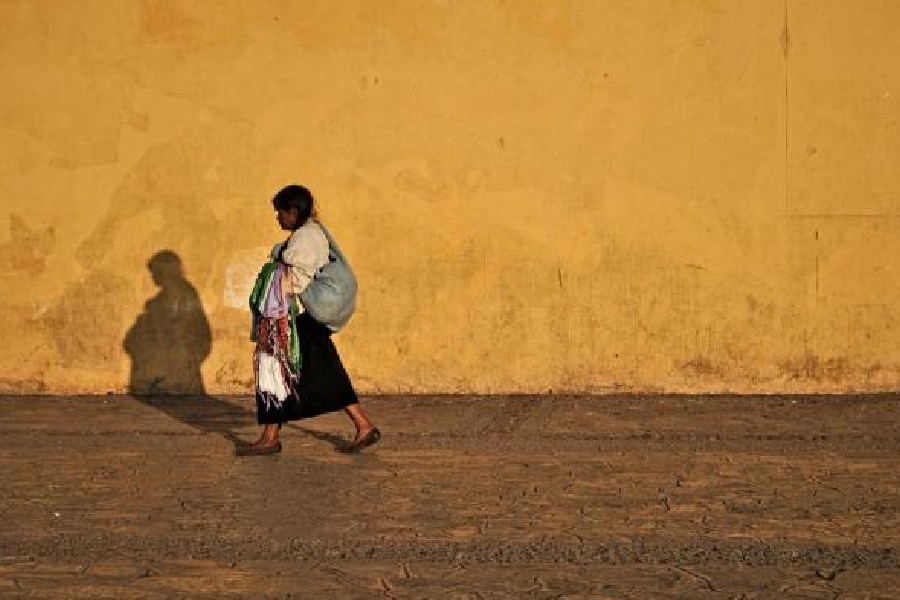Book: Rosarita
Author: Anita Desai
Published by: Picador
Price: Rs 499
The Nobel laureate, Doris Lessing, once wrote that one has to be grown up, really grown up, to understand one’s parents. Perhaps this is equally true about getting to know them, especially our mothers. For how well, really, can we claim to know them? Of their hopes, dreams, aspirations, and their existence before and beyond being mothers? This question is the driving force behind Rosarita, Anita Desai’s latest work that reaches her readers after a long hiatus.
The story of Rosarita begins when Bonita, a young Indian student in Mexico, comes across an old woman in a park who claims to have known Bonita’s mother, Rosarita, when she visited Mexico to learn painting. But Bonita knows that’s not possible. This is because first, her mother’s name was Sarita, not Rosarita, and, second, she has never seen her mother possess any artistic sensibility. And, yet, there’s something about the old woman’s claim which, in combination with faint images from Bonita’s past, sets her off on a journey across Mexico trying to retrace the steps the old woman claims her mother had taken. But following the road her mother had taken isn’t easy because Bonita is neither sure of the veracity of the old woman’s claims nor has she ever shared an easy camaraderie with her mother. As a result, this becomes a journey leading to more questions than answers, both for Bonita and the reader.
As Bonita travels further to find the truth about the claims made by the old woman, whom she later starts addressing as the Trickster, the story moves between the past and the present. Out of the five sections of the novella, one narrates the story of the past where we get a glimpse of her mother’s life through Bonita’s imagination. But even her imagination cannot soften the edges of a life lived in a strictly patriarchal setting where women have long been relegated to the position of being secondary to their husbands, their jobs being only to ensure the smooth running of the household. It’s having seen Sarita as a part of this setup her entire life that makes Bonita wary of accepting that her mother could have done something as radical as travelling to Mexico to learn art even though hazy images from her past threaten to topple her perception of her mother.
It is this uneasy relationship between the mother and the daughter that lies at the heart of Rosarita. It is clear that Bonita has never been close to her mother. At a point towards the end of the novella, Bonita asks herself if there is any difference between the mother and the Trickster or if they are the same, thereby revealing her bafflement with the person her mother had been. Yet, even in the absence of any concrete proof, she seems to accept that her mother had indeed been to Mexico and that she buried the true version of herself before she returned home. This is symbolised by her looking for mother’s grave in the graveyard at La Manzanilla even though she knows that her mother didn’t die there.
Desai makes an unusual choice of using a second-person narrator, thus creating a strange sense of affinity between Bonita and the reader. At the same time, it also forces the reader to pay greater attention to the story. Rosarita is a small book with less than a hundred pages that doesn’t follow a plot-heavy storyline. Neither does it provide the reader with a clear resolution at the end. If anything, like a painting open to multiple interpretations, Rosarita, too, leaves readers with a host of questions and impressions, urging them to make their own interpretations.











